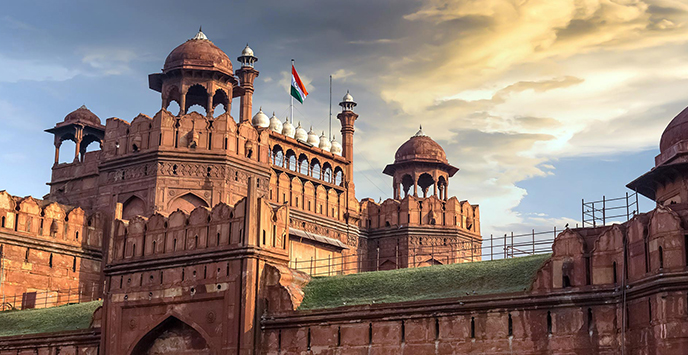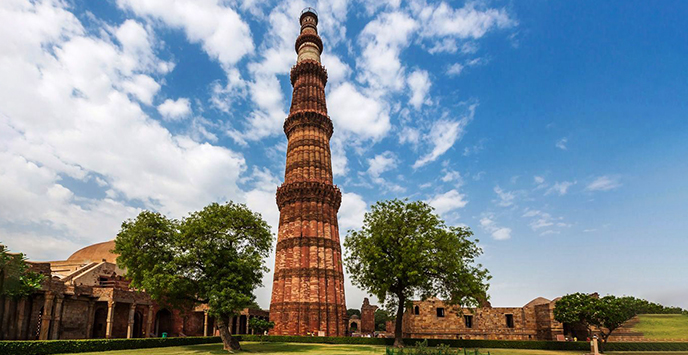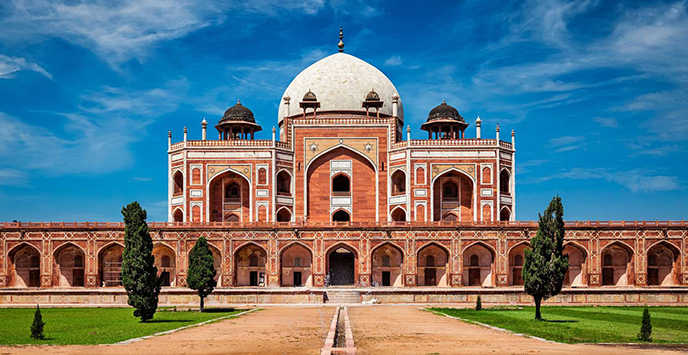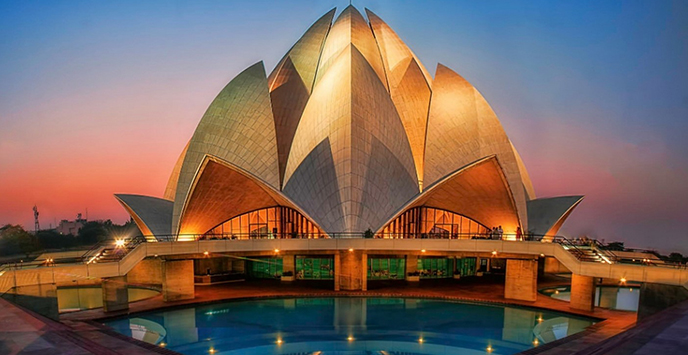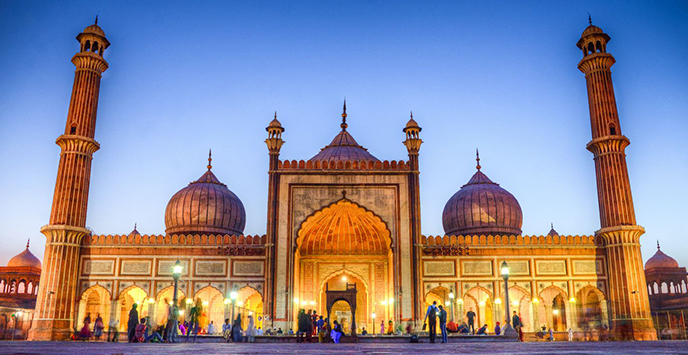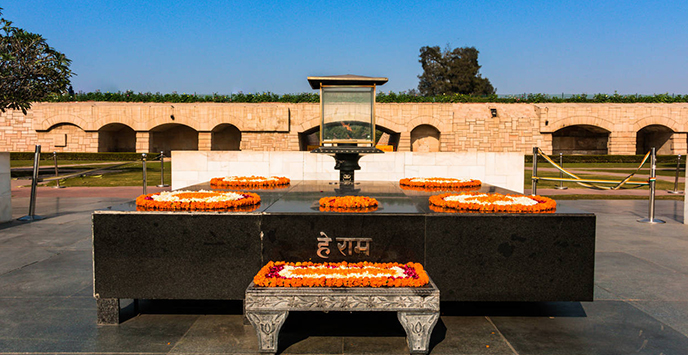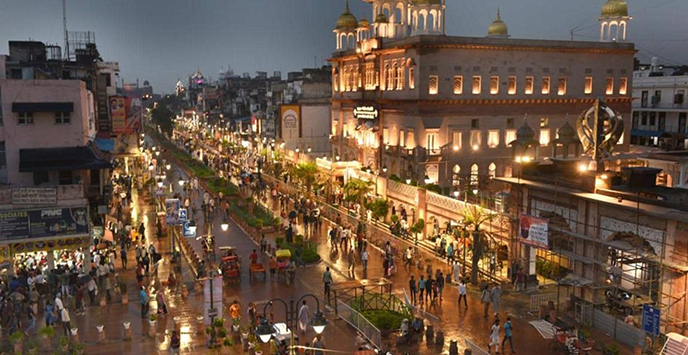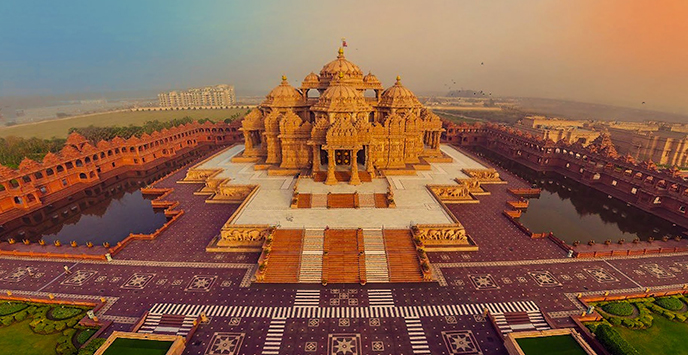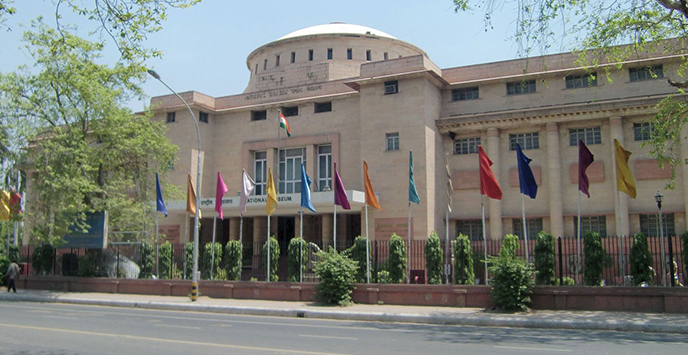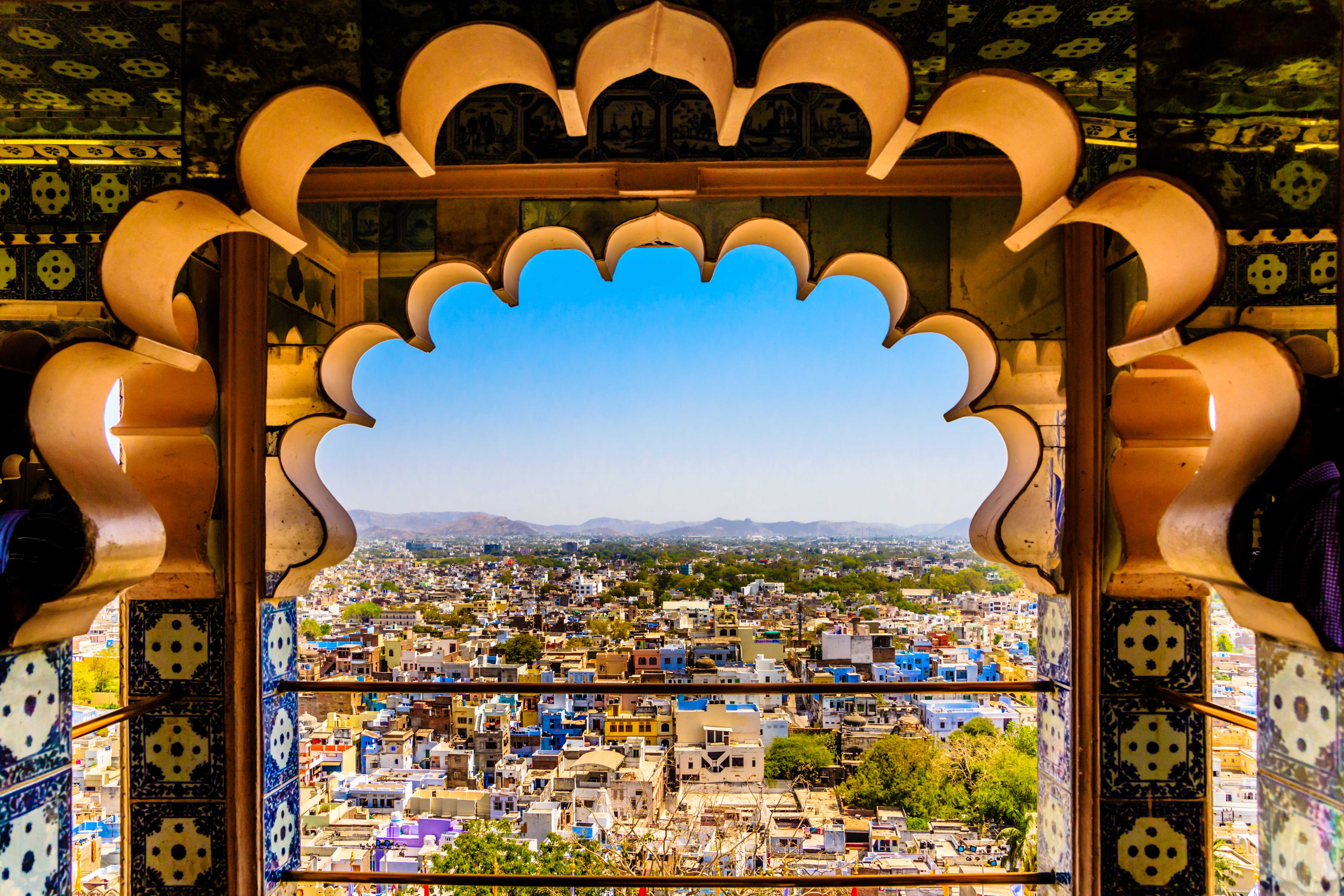A Word About the Founder : The Legendary Anangpal Tomar Delhi's origins are often traced back to Anangpal Tomar, a ruler from the Tomar dynasty in the 8th-11th century CE. Although there is some debate about the precise dates and events.
Anangpal Tomar is credited with establishing the city of Lal Kot around 1052 CE, which is considered the first historical city of Delhi. This fortress city laid the groundwork for Delhi's later evolution into a bustling metropolis. Anangpal Tomar's reign marked the emergence of Delhi as a significant political and cultural center. The Tomar dynasty's rule was characterized by the construction of formidable fortifications and temples, the most notable being the Lal Kot fort itself. This period set the stage for Delhi to become a focal point for subsequent dynasties, including the Chauhans, the Delhi Sultanate, and the Mughals.
While much of Anangpal Tomar's contributions are shrouded in legend and folklore, his legacy is indelibly etched into the historical and cultural fabric of Delhi. The iron pillar near the Qutub Minar complex, believed to be from the Gupta period and relocated by Anangpal, stands as a testament to his era, symbolizing the antiquity and enduring significance of Delhi.
